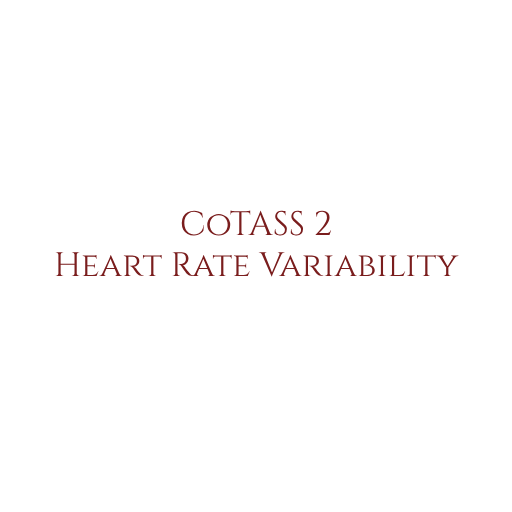Introduction
The Colombo Twin and Singleton Follow up study (CoTaSS 2) is a collaboration between Institute for Research and Development and Kings College London, U K which is being conducted in Colombo CoTaSS 2 is the largest twin Study being conducted in South Asia to examine the overlap of depression and metabolic syndrome (MetS).
Multicomponent study, questionnaires, clinical investigations, blood pressure, anthropometric measurements, actigraphy and heart rate variability data. Heart rate variability (HRV) component will examine the relationship of the autonomic function with depression and Mets.
Participants
12 male twin pairs from CoTaSS 2 were selected for this component. Sample selection and Size
calculation was done using power analyses.
Background
- Normal resting heart rate is variable and not monotonously regular.
- HRV refers to the beat-to-beat fluctuations in heart rate.
- HRV measures neurocardiac regulation: sympathetic and parasympathetic
influences on the modulations of heart rate ( - Cardiovascular mortality is linked to an imbalanced autonornic nervous system
- High HRV means that the heart and nervous system are flexible and better suited
to cope with stress. - Lowered HRV has a high association with the risk for sudden cardiac death,
arrhythmic complications, and all-cause mortality. - HRV decreases with age. an inactive lifestyle and is also related to physical and
mental health conditions. - It can be measured using variation in duration between the R peaks on the
QRS complexes Of an FCG.
Methodology
- Ethical clearance was obtained from the ethics review committees of University of
Sri Jayewardenepura and Kings College London. U K. - pairs from 2 were for this component, Sample selection and size
calculation were done using analyses. - Female twins were excluded due to IOW participation during a feasibility Study
- Depression is measured using the Beck Depression Inventory and WHO Composite International
Diagnostic Interview questionnaires in the main CoTaSS 2 study. - Mets is diagnosed using clinical and anthropometric data collected from CoTaSS 2.
- ECG recordings are done in a quiet environment free of distractions after participants have rested
in thc supine position for five minutes, - 13 minute ECG recordings are done using the Schiller Medilog AR12 plus holter recorder using
a sampling frequency Of 1 - Collected data is processed, and digital data extracted using the Schiller Medilog Darwin software,
- Power spectrum analysis is done using CARSPAN (Cardiovascular Experiments Analysis
Environment) software. - Power spectrum analyses will be done to obtain frequency values correlating to the sympathetic
and parasympathetic divisions of the autonomic nervous system. - Twin Modelling will allow estimation of the influence of genetics and environmental factors
on HRV and its associations with depression and Mets,
Conclusion
- This is a timely study as the prevalence of obesity and diabetes is rising at a staggering rate
- Results and conclusions obtained can be used at policy level to prevent and reduce cardiac
mortality linked with depression and Mc•tS by addressing and treating the ANS dysfunction
among patients.
